The famous, or rather infamous Death Railway which ran for 415 kms was constructed by POW's and forced Asian labourers in WWII. The working and living conditions of those prisoners was horrific and the brutality of their captors was unmatched. At the end of the war, most of the railway was pulled up and it exists today only from Kanchanaburi to Namtok, a distance of around 50 kms.
Above: Harvesting
The views from the train are breath-taking and beautifully scenic. It is an unforgettablbe journey along the river and mountains.
Above: Tall steeple
About 25 minutes into the journey, I saw this pretty little building (a temple?) on the left-hand side.
Above: Wang Pho station
There were many passengers who alighted at this station, many of them school students.
Above: Thamkra Sae Station
The train goes past Thamkra Sae Station just before crossing the Wampo Viaduct.
Above: Wampo Viaduct
Crossing over the shaky bridge, alongside the River Kwai, or more correctly Khwae Noi, sleepers and pillars creaking, is a thrilling experience. The train slows right down and the views are spectacular. The best way to see the Viaduct is by train.
Wampo Viaduct was built in March/April 1943 and completed in "speedo" time (non-stop work). It was rebuilt and strengthened in the original design during the post war years of WWII.
Here is a real life account of building the viaduct by Leo Rawlings.
Above: The viaduct hugs the cliff
Much of the journey was spent with heads hanging out the window, hands madly trying to catch that perfect photo. At certain times however, you had to quickly pull your head back in - unless you wanted to arrive at the end of the trip headless!
Above: Man sitting on sleeper
It was quite astonishing seeing this chap sitting casually on one of the sleepers. I do hope he managed to get some good photos.
Above: Lookout Tower
This is one of the lookout towers which offer wonderful views across the river.
Above: Gardens
A little further along is this pretty garden or park.
Above: Tha Kilen Station
Although the station is small, it seems to be a popular one for people to hop on and off the train.
From Nam Tok station it is eight stops to Kanchanaburi - Koe Mahamongkol, Wang Pho, Tham Krasae, Thakilen, Baan Kao, Wang Yen, River Kwai Bridge then Kanchanaburi.
Above: Temple
I haven't been able to find out the name of this temple, but it is about 20 minutes before the train crosses over the River Kwai Bridge.
Above: Over the river
Above: Topiary
The topiary seems to have been done by a very clever artist.
Above: Kanchanaburi township
As the train approached the River Kwai Bridge, you could see lots and lots of people all out to see the train come in.
Above: Kanchanaburi Station
The journey over, I walked out through the station where the chap from my guesthouse picked me up.
Above: Death Railway map
This map shows where the train line for the Death Railway (Burma-Thailand Railway) ran.
I rode the train along the Death Railway from Namtok to Kanchanaburi Station over the Bridge on the River Kwai on 9th February, 2011. The scenery is so wonderful, it is easy to forget the horror and suffering endured by the POW's and enforced Asian labourers who built it, but the beauty of the surroundings is their legacy.













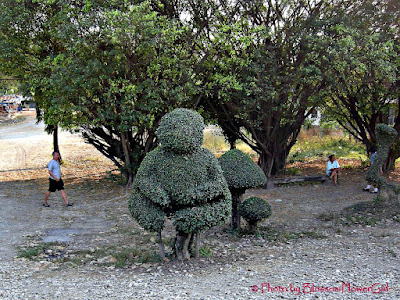




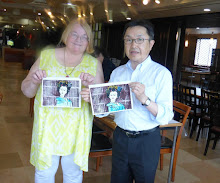













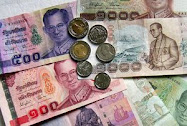











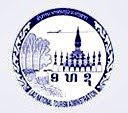
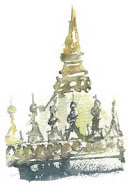
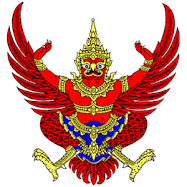
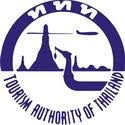
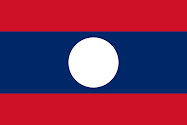



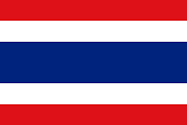


No comments:
Post a Comment